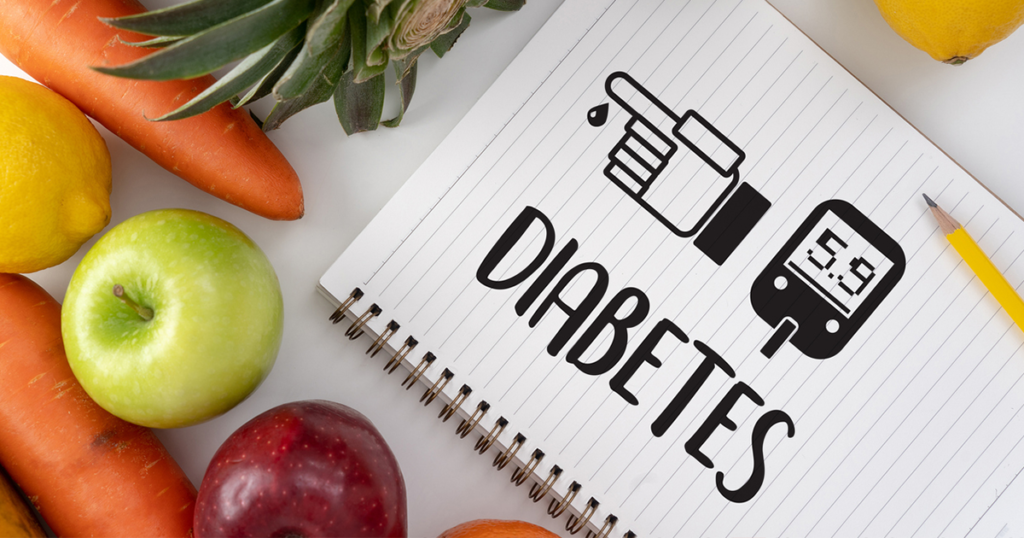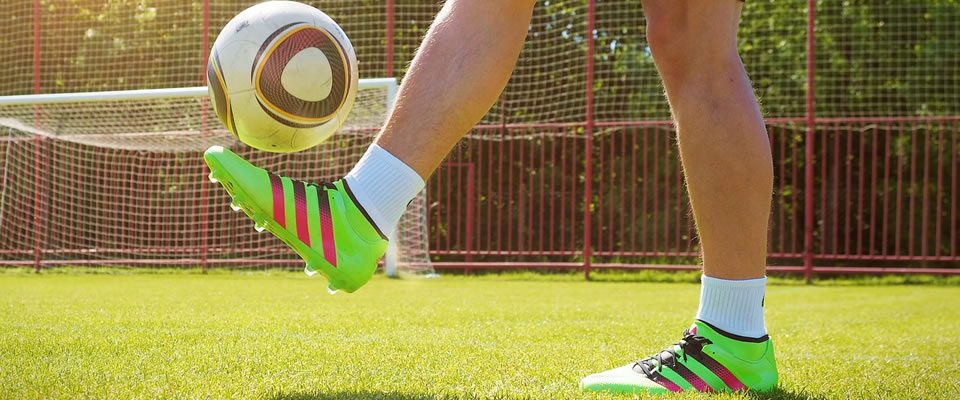A relatively new class of sugar-reducing drugs is the so-called inbretinomimetics. These drugs are protein molecules that partially replicate the structure of the protein produced by cells of the human intestine and increase the secretion of insulin by the pancreas.
These drugs are injected subcutaneously, just like insulin. The advantage of a number of drugs of this class over other sugars is weight reduction. In some cases, it may develop a side effect – nausea and vomiting. You can buy medicines to treat diabetes at the Drug Store.
When may I need insulin?
Temporary transfer to insulin therapy will be required in case of pregnancy planning, during pregnancy and lactation, in case of surgical intervention, severe injury, myocardial infarction, acute cerebral circulation disorder, severe acute or exacerbation of chronic infections, because in these conditions, all other drugs will either be contraindicated or will not allow to properly control blood glucose levels. A return to initial therapy is possible in the future.

The use of insulin as a permanent component of sugar reduction therapy is necessary if the target blood glucose and glycated hemoglobin levels cannot be achieved with sugar reduction drugs or a combination of these, as well as with contraindications to sugar reduction drugs. It is important to understand that the use of insulin in diabetes mellitus type 2 does not indicate the severity of diabetes. Timely prescription of therapy, including insulin, allows avoiding the development of complications of diabetes.
Insulin is a hormone that is produced by the b-cells of the pancreas. With the help of insulin glucose enters the muscle, liver and fat tissue, where it is used either as an energy source or stored as a glycogen. In diabetes mellitus type 2 β-cells produce less insulin than a healthy person, and insulin is poorly perceived by the body’s own tissues.
In case of diabetes mellitus type 2, β cells produce insulin, but, first, it is poorly perceived by the body’s own tissues, and second, β cells of a patient with diabetes mellitus type 2 produce insulin worse than a healthy person, and over time, insulin production deteriorates.

Historically, the main methods of treatment of diabetes mellitus type 2 have always been diet therapy and sugar-reducing pills. Nowadays, diet therapy is no longer an independent method of treatment, but changes in lifestyle (healthy eating combined with physical activity) are receiving more and more attention. You can buy quality medicines here.
In a healthy person, insulin is produced continuously at a rate of about 1 unit per hour. This secretion is called background (basal): its role is to maintain normal blood glucose levels between meals and at night. In response to food intake, the rate of insulin secretion increases dramatically. By origin, insulin products can be divided into 2 groups.
Genetically engineered human insulin:
- the insulin molecule is identical to that produced in the human body;
- are produced using modern genetically engineered technologies;
- there are short action and average duration of action: NPH-insulins. LPH is a neutral protamine Hagedorn – a protein that slows down the absorption of insulin from the insulin injection site and thus increases the duration of action compared to an ICD.
It is similar to insulin:
- created by changing the molecules of human insulin to improve its action profile;
- are produced using modern genetically engineered technologies;
- there are ultra-short action and long action.


